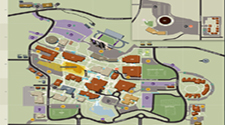Dr. Marek Matyjasik Research Projects
Groundwater dependent ecosystems in alpine wet meadows
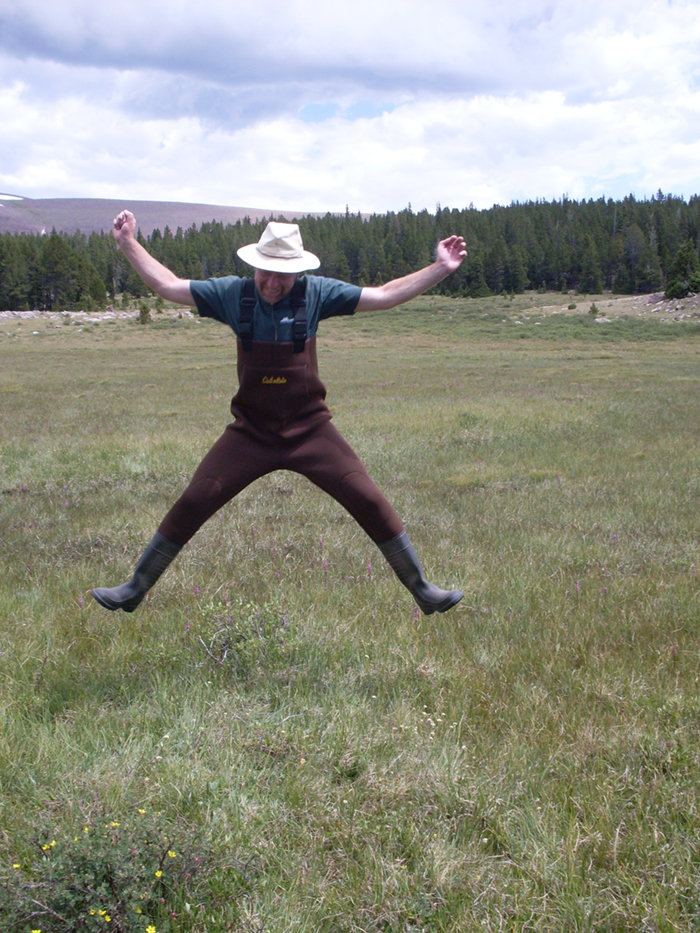 In the semi-arid western United States fens are a rarity with the exception of high mountain environments found mostly within the Rocky Mountains and Sierra Nevada ranges. These extraordinary environments provide crucial ecosystem functions. Located in the high mountain regions, fens have a profound influence on the temperature, chemistry, and timing of flows that originate with their bounds. This project focuses on establishing a classification system of ground water dependent ecosystem in alpine wet meadows and using this classification system to draw functional links between the ground water and the groundwater dependent ecosystem. To do so requires an interdisciplinary approach at both coarse and fine spatial resolution. The study area is located in the Reader Lakes Drainage Basin in the Uinta Mountains. Water chemistry data have been collected from more than one hundred locations between 2008 and 2011. This project is funded from Challenge Cost-Share Agreement with USDA Forest Services Ashley National Forest, Agreement No. 07-CS-11040100-040.
In the semi-arid western United States fens are a rarity with the exception of high mountain environments found mostly within the Rocky Mountains and Sierra Nevada ranges. These extraordinary environments provide crucial ecosystem functions. Located in the high mountain regions, fens have a profound influence on the temperature, chemistry, and timing of flows that originate with their bounds. This project focuses on establishing a classification system of ground water dependent ecosystem in alpine wet meadows and using this classification system to draw functional links between the ground water and the groundwater dependent ecosystem. To do so requires an interdisciplinary approach at both coarse and fine spatial resolution. The study area is located in the Reader Lakes Drainage Basin in the Uinta Mountains. Water chemistry data have been collected from more than one hundred locations between 2008 and 2011. This project is funded from Challenge Cost-Share Agreement with USDA Forest Services Ashley National Forest, Agreement No. 07-CS-11040100-040.Presentations:
Hernandez, M, Arnold, J., Welsh, S., Bartholomew,L., Ford, R., Matyjasik, M., and Koerner, D., 2011, Developing a suitable classification scheme for plant communities in groundwater-dependent ecosystems, Ashley National Forest, Uinta Mountains, Utah, ASPRS 2011 Annual Conference, May 1 – 5, 2011, Milwaukee, Wisconsin. Poster Presentation I, ASPRS Technical Program Session 9, p. 47.
Matyjasik, M., Ford, R., Hernandez, M., and Schurtz, J., 2010, Corresponding relationship between water chemistry and plant community classes in groundwater dependent alpine wetlands, Uinta Mountains, Utah. An oral presentation by Marek Matyjasik at the 2010 annual meeting of the Society of Wetland Scientists, July 1, 2010, Salt Lake City, UT.Session: Groundwater Dependent Wetlands: Biology, Eco-hydrology and Environmental Water Requirements.
Matyjasik, M., Hernandez, M.W., Arnold, J.D., Welsh, S.B., Ford, R.L., Batholomew, L.M.,
Sanders, M.L., Schurtz, A.J., and Koerner, D., 2010, Observed relationships between water chemistry and plant communities in groundwater-dependent ecosystems, Ashley National Forest, Uinta Mountains, Utah: Geological Society of America Abstracts with Programs, v. 42 (5), p. 460. A poster presented by Rick Ford and Michele Sanders (WSU undergraduate) at the annual meeting of the Geological Society of America, November 2, 2010, Denver, CO. Session: Geology in the National Forests and Grasslands - Stewardship, Education, and Research. Abstract also published in ERGO, Undergraduate Research Journal, WSU Spring 2011, v.5, p. 87.
Arnold, James Michael Hernandez, Welsh, S., Matyjasik, M., Ford, R., and Bartholomew, L., 2010,Classification of Vegetation Communities in High Alpine Wetlands Using Imagery, Uinta Mountains: Weber State University Seventh Annual Undergraduate Research Symposium and Celebration, March 29, 2010, Shepherd Student Union, p. 50.
Arnold, J.D., Welsh, S., Hernandez, M., Bartholomew, L., Ford, R., and Matyjasik, M., 2010, Classification of vegetation communities in high alpine wetlands using aerial imagery, Uinta Mountains, Utah: 24th National Conference on Undergraduate Research (NCUR), April 15 – 17, 2010, University of Montana, Missoula, Montana. Oral presentation.
Arnold, James. Hernandez, Michael, Welsh, Sonya, Matyjasik, Marek, Ford, Richard, and Bartholomew, Lee, 2010, Classification of Vegetation Communities in High Alpine Wetlands Using Aerial Imagery, Uinta Mountains: Weber State University Day at the Capital, February 11, 2010, Utah State Capital Rotunda. Poster presentation.
Hernandez, M., Welsh, S., Matyjasik, M., Ford, R., Bartholomew, L., and Arnold, J., 2009, Preliminary comparison of alpine wetlands vegetation between the Reader Lakes and Dry Fork drainage basins, Uinta Mountains, Utah: Association of American Geographers Great Plains-Rocky Mountain Division Annual Meeting, Program and Abstracts, September 25 – 26, 2009, Utah State University, Logan, Utah, p. 15. Poster presentation.
Dissolution Rates and Patterns in the Arctic Soil, Spitsbergen
%20of%20Copy%20of%20hyttevika%20z%20Majk%C4%85.jpg)
Carbonate minerals are important components of several geochemical cycles, including carbon cycle.
Field observations of calcite weathering in environments experiencing active climate change can provide important information about rates and modes of modifications of these cycles.
This study presents the results of calcite chemical weathering in tundra soils. The studied samples have been buried in the arctic soil of Spitsbergen. The study uses a complimentary combination of Atomic Force Microscopy (AFM) and Scanning Electron Microscopy (SEM) imaging.
Overall typical dissolution features known from laboratory experiments, such as etch pits are not very common and their distribution is heterogeneous. Similar dissolution along rombohedral crystals was identified before in calcite short-term reactions with EDTA solutions that are often used to simulate reactions with organic soil matter.
Presentations:
Sara Summers, Marek Matyjasik, Colin Inglefield. Dissolution rates and patterns in the arctic soil, Spitsbergen. Conference of Undergraduate Research, Ogden, Utah 2010.
M. Matyjasik, M. Manecki, S. Summers, and C. Inglefield Complementary use of AFM and SEM to characterize chemical weathering of calcite in the arctic zone, Spitsbergen, Rio de Janeiro,Brazil,September,2010.
S. Summers,M. Matyjasik, M. Manecki, and C. Inglefield, 2010 GSA New calcite dissolution features observed in tundra soils, Spitsbergen. Geological Society of America Annual meeting, Denver, November 2.
Sara Summers, Marek Matyjasik, Colin Inglefield. Dissolution rates and patterns in the arctic soil, Spitsbergen. Conference of Undergraduate Research, Ogden, Utah 2010
M. Matyjasik, M. Manecki, S. Summers, and C. Inglefield Complementary use of AFM and SEM to characterize chemical weathering of calcite in the arctic zone, Spitsbergen, Rio de Janeiro, Brazil, September 2010.
S. Summers,M. Matyjasik, M. Manecki, and C. Inglefield, 2010 GSA New calcite dissolution features observed in tundra soils, Spitsbergen. Geological Society of America Annual meeting, Denver, November 2.
Chemical Denudation, Geochemical Modeling and SEM/AFM Study
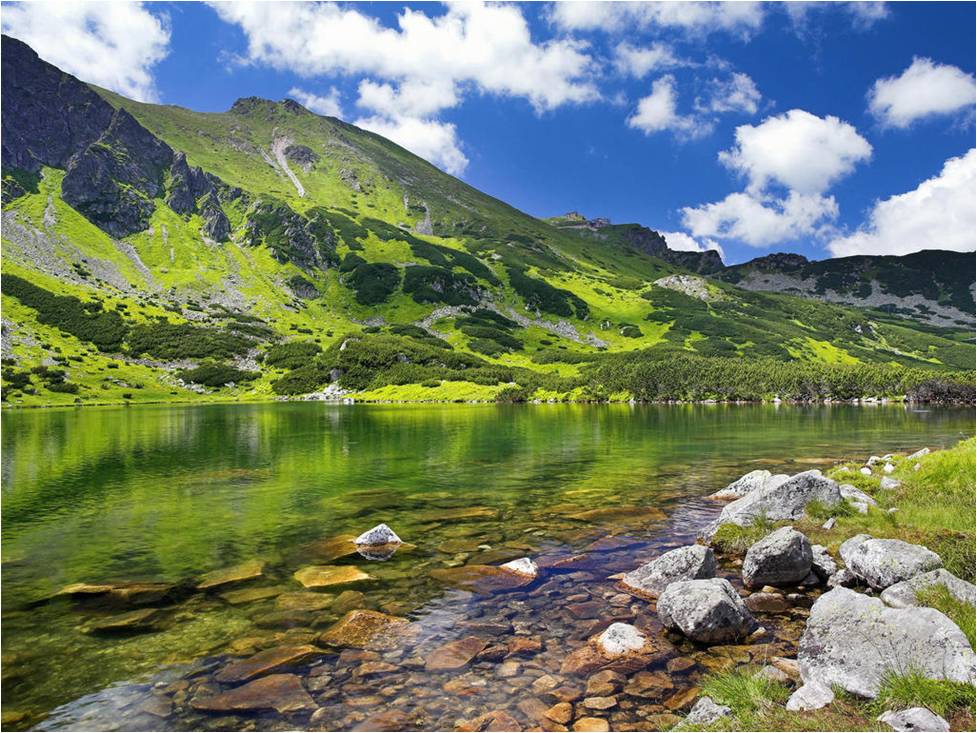
Denudation refers to processes that are destructive and reshaping the surface of the Earth. Some of these processes causing removal of the rocks from the land masses, is known as the chemical denudation. This study focuses on qualitative and quantitative analysis of the chemical denudation using a new approach based on numerical models and evaluation of the computed rates. Qualitative analysis evaluated processes occurring in aquifers based on the weathering studied in thin sections made of the native aquifer rock material and buried in these aquifers. Quantitative analysis was based on determination of dissolved amount of the rock in the dissolved discs that were placed both in the aquifers and on the ground surface. Observed denudation in the field rock discs is consistent with the results of the numerical modeling.
Publications and Presentations:
Grether, Cassie, Williamson, Justin, Matyjasik, M., 2012. Chemical Field Weathering of Calcite at Nano-scale Studied in SEM and AFM. National Conference in Undergraduate Research, Ogden, Utah.
Szostakiewicz-Holownia, J. J. Malecki, and M. Matyjasik, 2010.
Evaluation of the accuracy of determination of chemical denudation based on numerical geochemical modeling.
National Institute of Geology Bulletin , Warsaw, Poland, 441: 175-182.
Marzena Szostakiewicz-Holownia, Jerzy J. Malecki, Marek Matyjasik, 2010.
Evaluation of the accuracy of determination of the chemical denudation based on numerical geochemical modeling. Geological Society of America Annual meeting, Denver, November 2.
Fracture Bedrock Flow
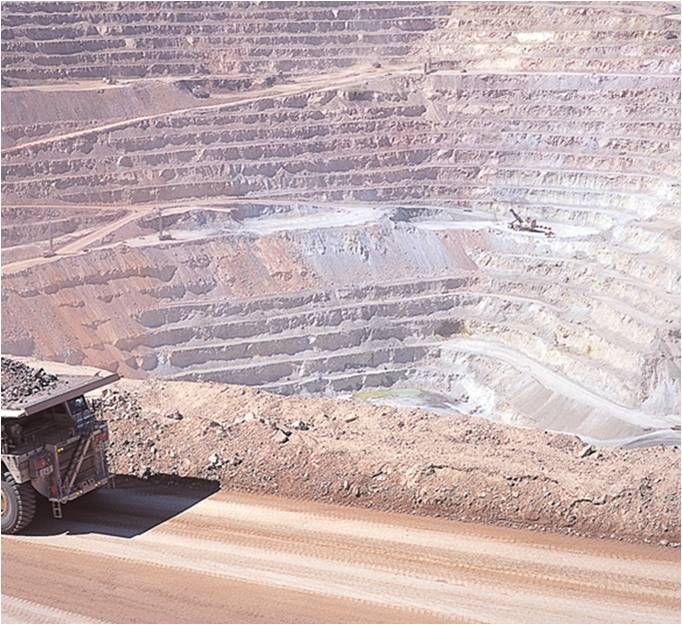
Fractured bedrock aquifers display tremendous ranges of lithologic, structural, and hydrologic properties. Various models have been proposed to analyze and model fluid flow patterns in these complex systems, including discrete fracture models and equivalent porous media models. Fault zones, which may act as complex fluid barrier and conduits, must also be considered in developing models of regional flow. These studies focus on analysis of bedrock fracture flow in three different locations in Utah, including the Bingham Canyon mine.
Publications and Presentations:
Dowling, J., Beale, G, Matyjasik, M., and L. Bloom, 2012, Evaluating water in pit slope stability, Annual meeting, Association of Engineering Geologists, Salt Lake City, Utah.
Marek Matyjasik, Adolph Yonkee, Don A. Barnett., 2010. Groundwater Flow in Fractured Aquifers in Emigration Canyon Syncline, Utah Geological Society of America Annual meeting, Denver, November 2.
Marek Matyjasik, W. Adolph Yonkee, and Don A. Barnett, Groundwater flow in fractured aquifers in the Sevier Thrust belt, Wasatch Mountains, Utah, USA. Bulletin, National Institute Of Geology, Warsaw, Poland, p 85-106.
Todd Jarvis, Adolph Yonkee, Marek Matyjasik, Transient storage and compressibility of fractured bedrock aquifers, implications for aquifer sustainability, Twin Creek Limestone, Utah. 2001 International Conference, Annual Meeting and 20th Anniversary, Hydrologic Science: Challenges for the 21st Century.
Artificial Ground-Water Recharge
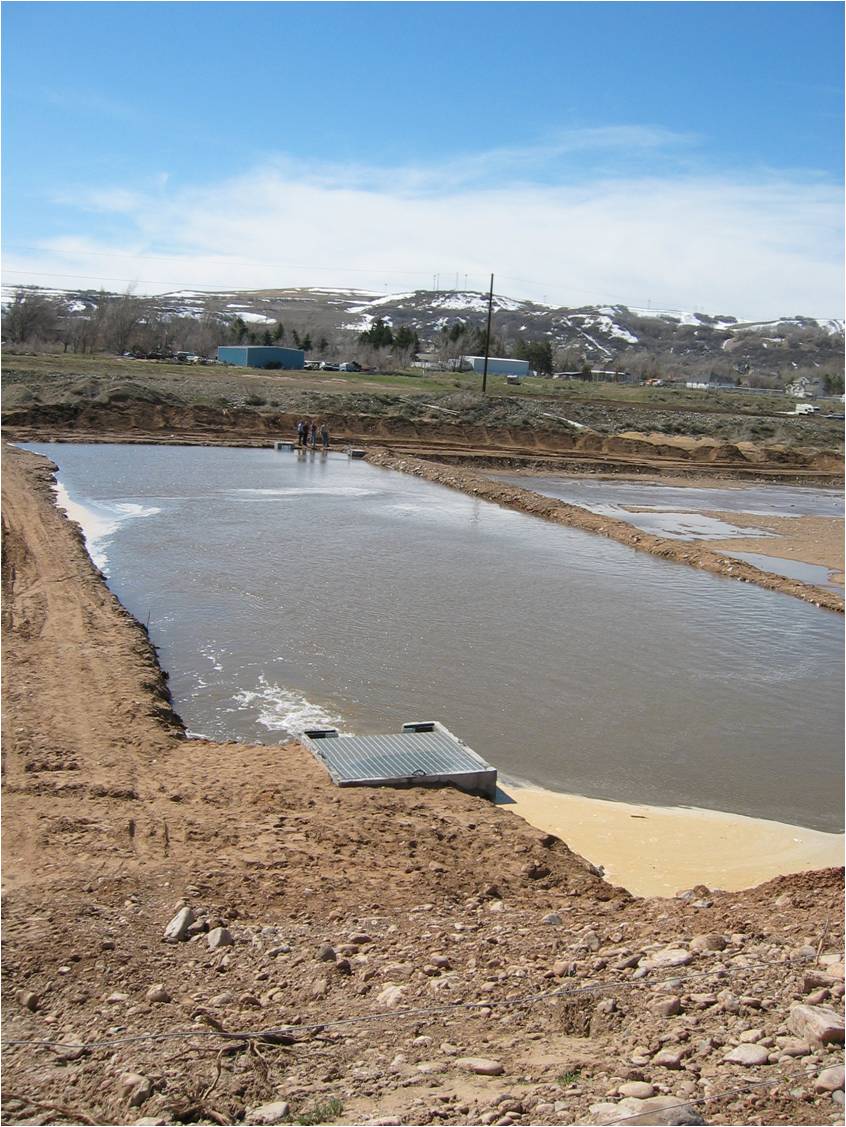
Artificial ground-water recharge has long been recognized as a water-resources management tool for introducing water into the ground-water system to store water, reduce pumping lifts, salvage storm-water runoff, or enhance ground-water quality. Artificial ground-water recharge can be accomplished by surface spreading (ponding) of water in areas where surface deposits are highly permeable, or by injection of surface water into an aquifer using wells. The Weber River Aquifer Storage and Recovery Project uses water diverted from the Weber River to recharge the principal ground-water aquifer (Delta aquifer) in the Davis and western Weber Counties area. The project uses surface ponds located near the mouth of Weber Canyon pictured below, view is to the southeast.
Publications and Presentations:
Lowe, M., Hurlow, H, and M. Matyjasik. The Weber River Basin Aquifer Storage and Recovery Pilot Project. Utah Geological Final Report Published as a contract deliverable manuscript to the U.S. Bureau of Reclamation, February, 2008.
Chavez, T., S. Fellows, T. Price, J. Simpson, 2005a. Artificial Recharge in the Weber River Valley. WSU II Undergraduate Symposium. Presentation supervised by M. Matyjasik.
Chavez, T, Matyjasik, M., Hurlow, H, Price, T, and J, Simpson, 2005b. Modeling of groundwater flow affected by artificial recharge in the Weber River basin, Northern Utah. Annual Meeting of the Geological Society of America, Salt Lake City
Tarantino, R., C. Lindsey, T. Cluff, J. Jones, M. Matyjasik, M. Hernandez. Weber River Aquifer Artificial Recharge Pilot Study. Abstract published in Geological Society of America regional meeting materials.
Tarantino, R, T. Cluff J. Jones, M. Matyjasik. Artificial Recharge Pilot Study. A presentation given to a local chapter of Association of Engineering Geologists, Salt Lake City, 2004.
Tarantino, R, T. Cluff J. Jones. Artificial Recharge in the Delta Aquifer. WSU I Undergraduate Symposium. Presentation supervised by M. Matyjasik.
Chavez, T., S. Fellows, T. Price, J. Simpson. Artificial Recharge in the Weber River Valley. WSU II Undergraduate Symposium. Presentation supervised by M. Matyjasik.
Geochemical and contaminant transport in the vadose zone
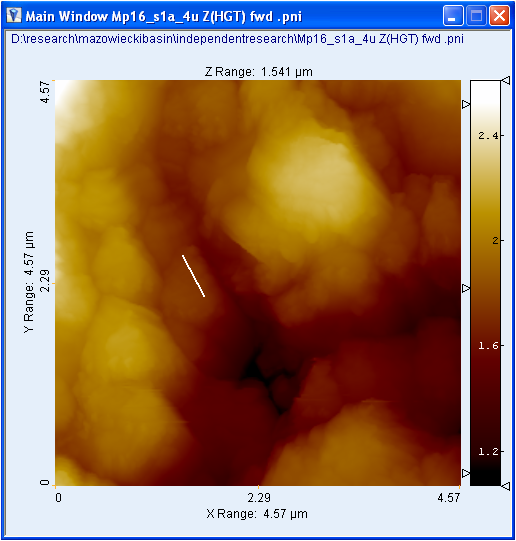
Geochemical and contaminant transport in the vadosze zone included AFM study of iron nano-particles, transport of lead apatite in the vadose zone, drying and wetting processes in the vadose zone, and evaporation affecting the infiltrating water chemistry.
Publications and Presentations:
Trevor Bowman, Colin Inglefield, Marek Matyjasik, 2010. Iron Nanoparticles for Environmental Applications Studied by Magnetic Force Microscopy. Fall Meeting of the Four-Corners Section of the American Physical Society, October 2010, Ogden, UT.
Toller. S., Precipitation by wetting-drying mechanisms observed using Atomic Force Microscopy, Scanning Electron Microscopy, and X-ray Microscopy. Abstract published in ERGO, Weber State University Undergraduate Research Journal, Spring 2007, p. 102. The research supervised by M.Matyjasik and C.Inglefield.
Toller, S., 2006. Precipitation by wetting-drying mechanisms observed using Atomic Force Microscopy, Scanning Electron Microscopy, and X-ray Microscopy. Annual Meeting of the International Scientific Research Society, Sigma Xi, October 2006. Supervised by M.Matyjasik and C.Inglefield. Excellence
Malecki, J. and M. Matyjasik, 2002, Vadose zone – challenges in hydrochemistry, Acta Geologica Polonica, vol. 52, No 4, pp. 449-458
Advisor & Office Hours
New Major Advisor
Dr. Rick Ford
rford@weber.edu
Monday - Friday
8:00 a.m. - 4:00 p.m.
Summer:
M/W/F, 9:00 a.m. - 3:00 p.m.
Mailing address
Weber State University
College of Science
1415 Edvalson St., Dept. 2507
Ogden, UT 84408-2507
